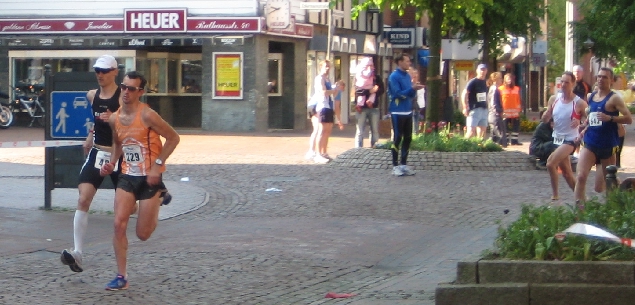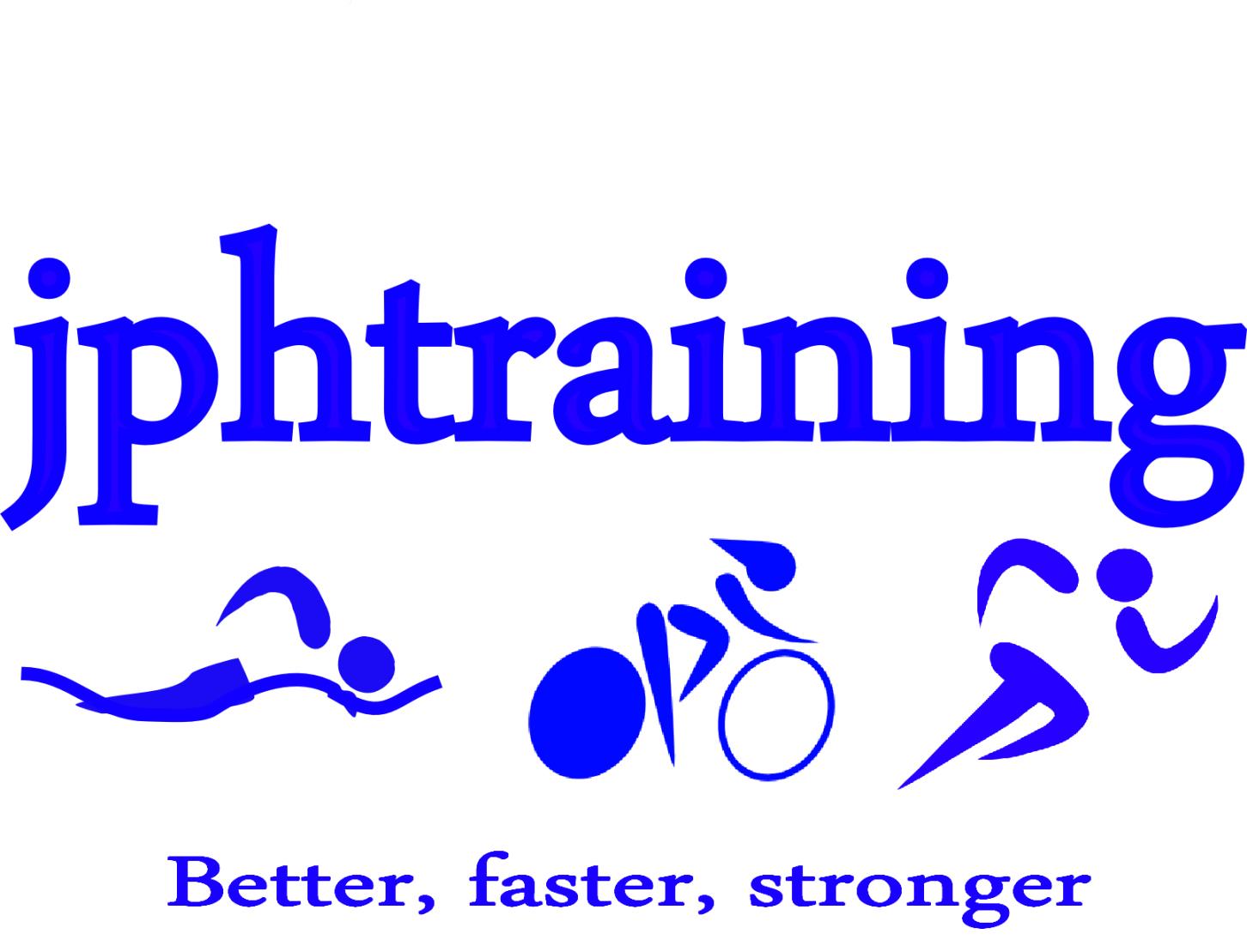Get faster without having any more speed.
Race Day Tips, October 13, 2017
Is it possible to run a race and get faster without actually getting faster, fitter, or stronger. Only if you use your energy and the course better. These tips can help you chase a great time whether it be a 5km, 10, half marathon, or marathon race.
Is it possible to get faster without getting faster?
Of course! Well maybe. It could be possible?
Actually it is. Here are three tips that will ensure that you get the most out of your strength and energy.
Once we get towards our peak fitness it is hard to get a big increase in improvement. However, by running smarter and more effectively we can use our energy and strength a lot better, which should enable you to cover the course in less time.
Run with a flow rather than surges. The next time you are driving your car watch your fuel consumption gauge when you accelerate out of the corners, speed up to on a straight and then backing it off, or trying to maintain the same speed uphills. This is exactly what happens when you run like this. You use up lots of strength and energy to not go much faster. Now if you corner better (point two), keep your pace even over the flat, and your effort constant over the hills (point three) then you can save a lot of strength that will either help you maintain your pace, or lift your pace in the end because you still have some energy left. Another reason people sometimes with running an even effort are GPS watches. A lot of people own GPS watches and they are a useful tool to measure your training. However, they are not accurate at measuring your actual speed. A GPS system works on measuring between two points and calculating how far apart these points were, and how fast you covered this distance. Buildings, corners, trees, and not running a perfectly straight line will all affect the accuracy of the information your watch provides. Therefore, looking at your watch constantly is not going to help you a lot and can cause you to surge when you don't need to. Ideally you want to develop a feel for the pace that you are running. A good way to do that in training is to perform Intervals on a track or measured road course. You then need to know what time you are going to cover every 200, 400, 500, or 1000m at your planned pace. Then using your stopwatch you can control your speed, and the more often you do this the better you will get at running at an even pace. When racing it is not possible to measure every 200m, but you can use the kilometer markers. If you are checking your kilometer splits that will provide enough feedback for you.
Corner like a racer. It doesn't matter whether you are trying to be a bike, motorbike, or car racer this will shave time and possibly distance off your marathon. Rod Dixon once won the New York Marathon by running the best corners through Central Park and passing the leader in the last meters. It was not possible for him to run faster, but he could shorten the distance he ran. I'm not saying to cut the course. You still have to stay on the course, but if you use the course, and run through the apex of corners without turning too tightly and scrubbing off your speed.
Know the course and adjust your effort and pacing to the course. The last aspect is quite tough to master is that you have to run the hills a lot slower, and smash the downhills. The strength required to maintain your speed or even run up the hill slightly slower, costs a lot more strength and can make it hard to get back up to speed after the hill. Instead focus on maintaining your perceived effort, which will result in your running slower, but your workrate and heart rate will not increase. After the hill you can maintain this effort, but you will come back onto your race pace. This will mean that if the course is hilly you will run slower than planned, and that is why you have to use the downhills to run fast (but smoothly) to average out your pace again. However, if your downhill technique is not good it will actually cost you additional strength to run down the hills. With the correct technique you can fall down the hill, reduce your heart rate, relax, run faster, performing some dynamic stretching for your quadriceps because your lifting your heels higher up, and have fun.

